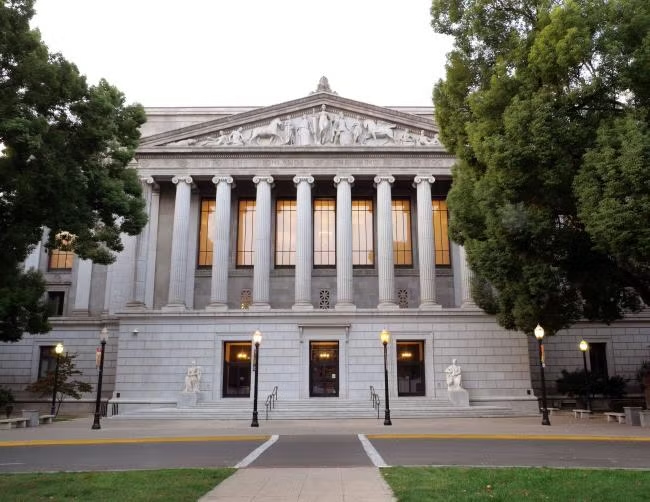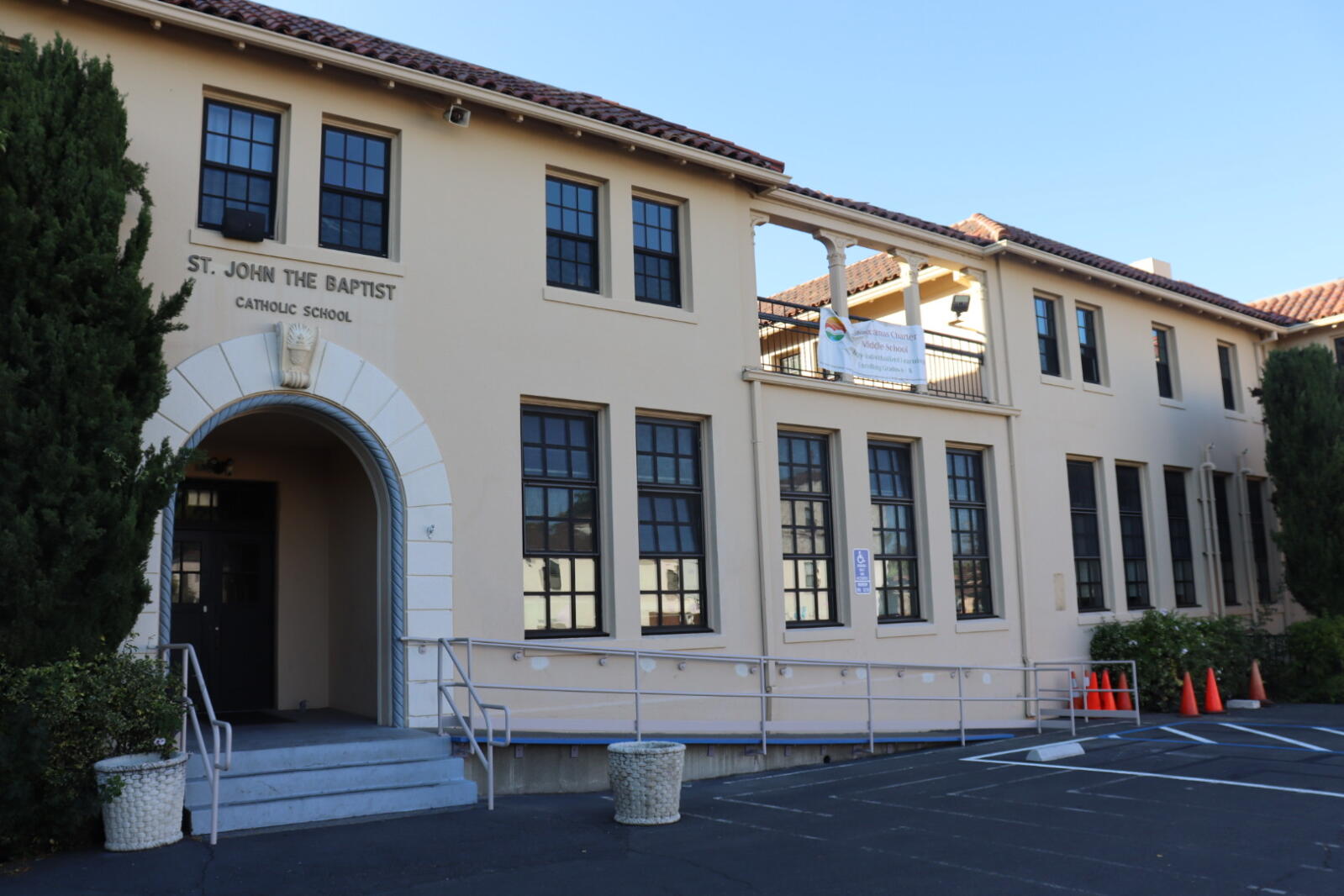The California Court of Appeal recently concluded that school districts that receive School Facility Program funds for locally bond-funded projects after the project has been constructed must adhere to a narrow range of options for use of those State funds. In Bates v. Poway Unified School District (2022) 83 Cal.App.5th 907, the Court concluded that a school district may only spend state reimbursement funds (1) to retire debt; (2) to build projects permitted by the local bond; or (3) to pay for other high priority capital projects, but, with respect to the third option, only if the funded project achieved a savings and only in the amount of the savings. At issue in this decision is the application of the savings requirement to the use of reimbursement funds on high priority capital projects.
Background
In 2014, a school district (“District”) constructed a new elementary school at a cost of approximately $82 million. The project was funded through the issuance of Mello-Roos special tax bonds, supported by a property tax paid by homeowners residing within seven different community facilities districts (“CFDs”). About four years after completion of construction, the District received $27.6 million in reimbursements for the project from the State School Facility Program (“SFP”). The District allocated about half to CFD-related projects, including a partial retirement of local bonds, but applied the other half to new high priority capital outlay expenditures that were unrelated to CFD purposes. Local homeowners challenged the expenditures, arguing that because the District had not demonstrated any financial savings on the elementary school construction, it was not entitled to spend the funds on new high priority capital projects but instead was limited to retiring debt or paying for other CFD-related projects.
While the District agreed that it had not achieved any project savings, it argued that the savings requirement was not clearly a condition of expending the reimbursement funds on new high priority capital projects based on the SFP regulatory language, and that the realities of school construction costs make project savings virtually impossible to realize. The trial court found for the District, concluding that the SFP statutes and regulations were ambiguous. After considering some extrinsic evidence of the intent of the SFP statutes and regulations, the court opined that the rules did not require the District to demonstrate project savings before spending the reimbursement funds on high priority capital projects.
Decision
The Court of Appeal reversed the trial court’s decision and found in favor of the homeowners, concluding that there was no ambiguity in the wording or meaning of the funding regulations and no need to review extrinsic evidence of the intent of the SFP statutes and regulations. The Court found that the regulations were clear and consistent with the overall objectives of the SFP, and that while difficult, it was not impossible to demonstrate project savings on a school construction project. Generally, the SFP requires school districts to spend state funds solely on approved projects, unless the district demonstrates savings earned through efficiency in project construction, in which case the savings may be applied to other high priority capital projects rather than being returned to the State. The Court concluded that it was unreasonable to interpret the statutes and regulations in a manner that would give districts wider latitude in those expenditures when state funding is received as a reimbursement after project construction.
Impact
Currently, most state funding awards are provided to school districts well after construction is completed. According to this case holding, when projects are bond funded, districts must use state reimbursement funds to retire debt or construct other projects consistent with the bond authority. Unless and until the SFP or its regulations are revised through legislative or administrative action, Districts may only use the state funds on unrelated high priority capital projects if and to the extent that it achieved savings on the original project.
If you have any questions about this decision or school facility funding or financing strategies, please contact an attorney in DWK’s Public Finance Group.



![25_0123 DWK 2025 BIT Thumbnail_500x500[1]](https://www.dwkesq.com/wp-content/uploads/2025/02/25_0123-DWK-2025-BIT-Thumbnail_500x5001.jpg)